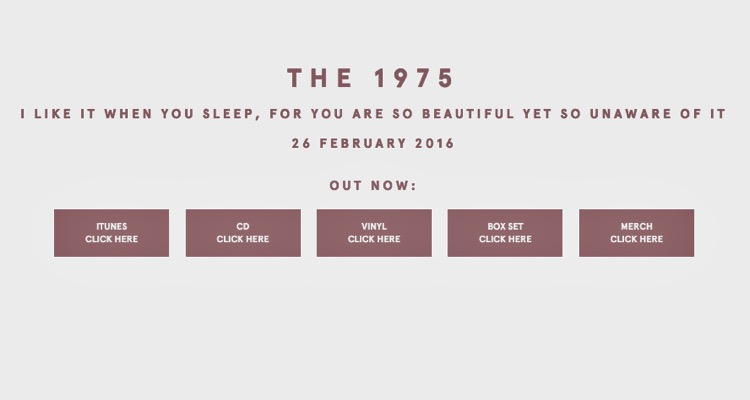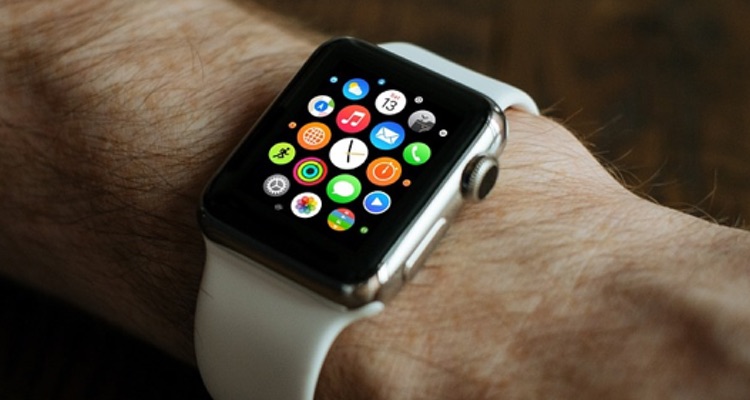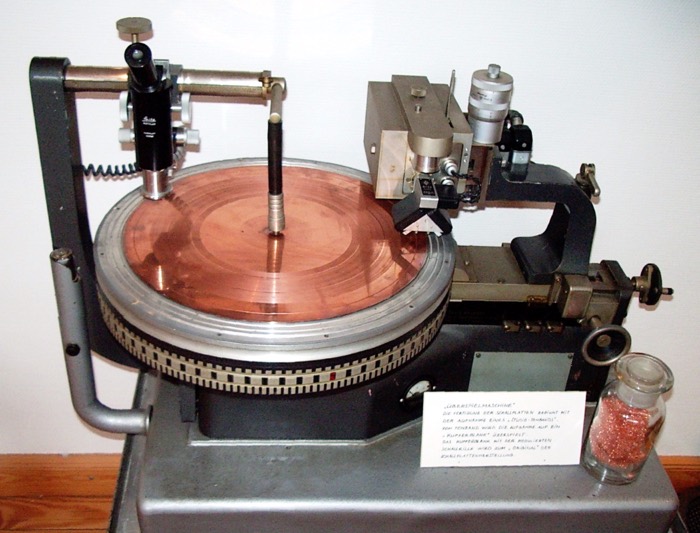
6 million ways to release an album. Choose one.
Artists now have a million ways to release their music. Few have the data to understand the options.
Musicians at every level — superstar, mid-sized, or emerging — are now struggling with one simple question: how to release their music. And the options are now overwhelming and confusing. Some of the biggest artists in the world are skipping Spotify, a move that could spell career suicide for some up-and-coming bands. Others are delving into the tricky world of ‘windowing,’ which involves the careful timing releases to on-demand streaming services, YouTube, download stores, and physical formats like CDs and vinyl.
Throw in crowdsourcing, $1,000 albums (see Nipsey Hustle), surprise releases (see Drake), Tidal exclusives (see Kanye), Apple Music exclusives (see The 1975), smartphone-specific exclusives (see Rihanna and Samsung), Target exclusives (see Adele), Walmart exclusives (see Garth Brooks), vinyl exclusives (see Record Store Day), bundled CDs and concert tickets (see Prince), and BitTorrent Bundle releases (see Pretty Lights), and the complex matrix of options can become overwhelming.
Even the album itself is a choice, with many artists preferring one-off singles releases, mixtapes, or other formats. But sifting through all of these options, artists are generally trying to accomplish two objectives:
(a) maximize the amount of revenue made, regardless of the ultimate source; and
(b) maintain and strengthen relationships with fans.
Sounds easy, but those two basic questions can be difficult to address if there’s little data on who’s out there listening and buying. For example, excluding Spotify could be catastrophic if 90 percent of an artist’s fans are Spotify listeners. Or, worse, if an exclusive misses where fans actually convene, or what they’re most willing to purchase. Kygo, for example, sparked his career on SoundCloud and YouTube (where his target fans were), and ultimately started selling out venues like Barclays Center in Brooklyn and headlining major festivals like TomorrowWorld and Lollapalooza (where his fans were willing to pay).
But if great data drives great release strategies and marketing plans, the next riddle is how to compile and analyze the incredibly fragmented data that exists. Platforms like Pandora are starting to deliver key data back to artists, including where listeners are coming from geographically. Royalty reports from Spotify, Apple Music, Rhapsody, and Deezer (often compiled through aggregators like CD Baby) can give some idea of what tracks are the most popular, while analytics companies like Next Big Sound (now owned by Pandora) can tell you where things are trending.

The only problem is that these stats are scattered everywhere, and there’s a good chance your fans are everywhere, too. That’s a problem being addressed by Copenhagen-based Linkfire, which is helping artists figure out where their fans are and how to target them effectively. For Linkfire, a DMN partner, the system starts with a simple premise: your fanbase is probably spread out across dozens of different places and a wide range of different countries.
Not only that, your conversions are also coming from all sorts of places as well, which makes it critical to understand where your fans are coming from.
…presenting a bunch of options, then figuring out what your fans prefer.
That extreme fragmentation is putting the focus on consolidated data dashboards, designed to smartly advise decision-making. In that light, Linkfire starts collecting data on all of your links, while smartly remembering the preferences of your fans. So, if most of your fans are coming from a link under your YouTube videos, you’ll know that. If Facebook fans buy more valuable stuff like vinyl and t-shirts, you’ll also be armed with that information. The key is presenting a bunch of options, then figuring out what your fans prefer.
That intelligence also opens the door to ‘re-targeting,’ which basically means going back to your identified fans later, either to convert them into a purchase, or get them interested in more of what you have to offer (a new show, a new shirt, a new release). If there’s one truism in the music industry and business in general, it’s this: customers don’t always buy the first time. That is standard stuff in more established industries like online retail, but awareness is just getting started in digital music.
Embracing Chaos.
Most importantly, there’s no one rule that works for all artists. That’s where the data comes in. The key is to identify what works for you, where your fans are, and how they respond. “Even for large pop artists – one album may have a ratio of 3:1:2 of download/stream/physical, whereas the next album has 2:1:1 ratio,” Linkfire executive Tilton Taylor told Digital Music News. “One album has most of the traffic that converts coming from the Artist Facebook page whereas the other album has most conversions coming from the link in the YouTube description.”
In addition, many fans will buy directly from your site, which means more cash, better data, and critical knowledge when you need to reach them again.

Grandpa, What’s a Release Date?
There’s also this: the actual ‘release date’ is more of a formality and rallying point, and less of an actual date. In fact, it’s better thought as one event among many, instead of the main event itself. Indeed, many artists care little about the actual release date, if there’s an album at all (see Kygo).
Most importantly, the ‘release date’ can be used as a strategic tool. In the above example for a high-profile artist, a huge amount of the action happened during an ‘extended pre-order’ phase, in which more dedicated fans were targeted. That produced a high initial uptake (‘clickthrough rates’, or CTR%), which was then experienced again by the ‘official release date’ nearly two months later.
In both cases, it was the ‘event’ that sparked interest, whether it was the actual album release or not. This also allowed the artist to generate significant retargeting. “Clickthrough rates have typical cycles,” a report from Linkfire explains. “Campaigns initially get the strongest CTRs when die-hard-fans discover the link, followed by peaks and the inevitable low points according to the types of clickers the promotion is reaching during the campaign.”
Limiting Options, Saving Energy.
There isn’t one right answer to releasing your music, but a few pearls of wisdom are starting to emerge. One is this: focus on a few key outlets, even if your music is distributed everywhere. “We find that optimal performing campaigns have no more than four to six key music services, covering the downloading, streaming and physical retailer mix,” Linkfire’s report stated.
That could start with the bigger players, like iTunes, Apple Music, and Spotify, then move to include smaller, emerging services like Tidal.

The Important of D2C
There’s also this truism: if you can sell directly to your fans, do it. In marketing speak that’s called ‘D2C,’ or direct-to-consumer, and just like it sounds, it involves selling stuff straight to your fans. Typically that happens from the artist page, though it can also involve trusty partners like Bandcamp (either embedded into your site, or handled on Bandcamp’s end).
D2C percentages can get pretty high: in a recent Linkfire campaign for a superstar-level artists, over 25 percent of sales involved a direct purchase. But those sales are worth more than that, simply because there isn’t a middleman store taking a cut. And, there are far fewer opportunities to obfuscate the royalty payment back to the artist, since the transaction is happening more closely to the core consumer.
On top of that, there’s increased ability to collect data, including critical emails (just try that with a streaming Spotify fan). It also gives fans the feeling that they are supporting you, the artist, and helping to promote the art they love.
Better Data = 2X, 3X sales
Hopefully, you’re releasing more than one album, bundle of singles, mixtape, or whatever it might be overall your artistic career. That allows lots of learning that can guide future release strategies. Overall, release strategies that involve intelligent data can double or even triple success, even if that success is measured through something outside of the recording (like touring).
Indeed, if there’s one truism to emerge around current release strategies, it’s that artists should strive to do what works for them — and more importantly, what the data shows is working.
Special thanks to Linkfire for the juicy data and help with this piece. Image credits: Top image by Wyncliffe (Public Domain); middle image supplied by Linkfire; bottom taken from The 1975’s page.
The post What’s the Best Way to Release an Album? appeared first on Digital Music News.














